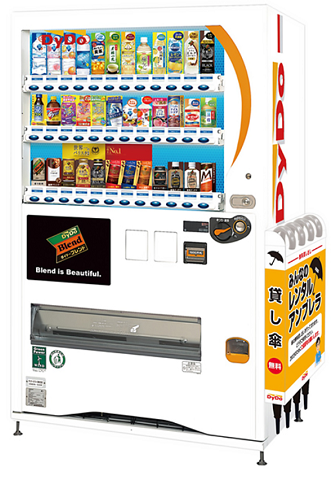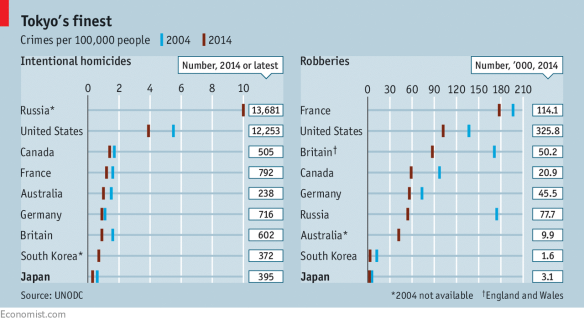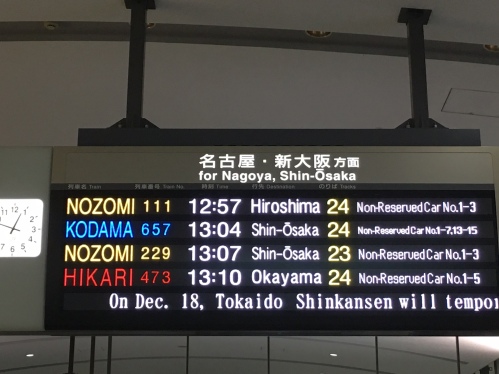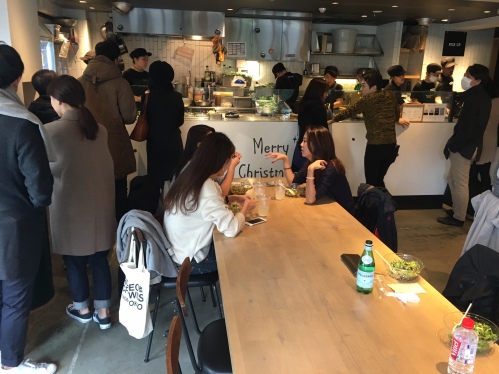(This is a post in the series “Why Japan is the Closest Place to Paradise“)
This is a photo I took from my hotel room in Tokyo of a construction site of a new building. It is a simple example of how clean and safe Japan is. Please pay attention to the following details, marked with red arrows on the photo. I’ll work from bottom up:
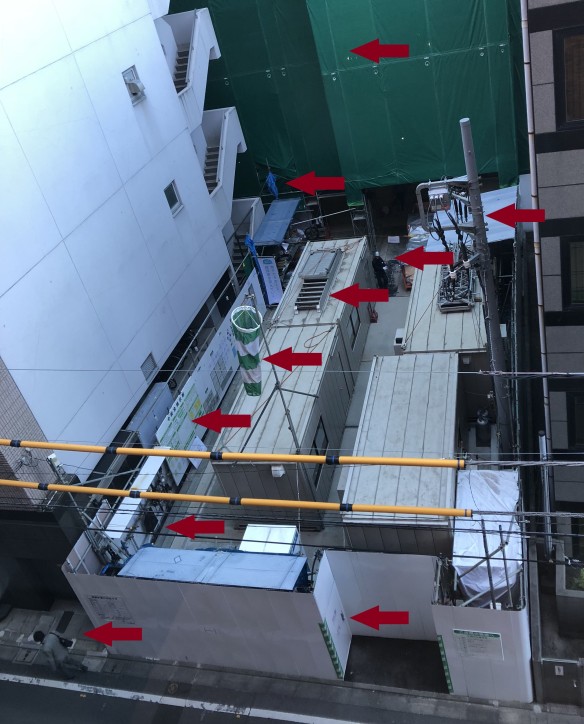
- The site is completely sealed off from the street with a spotless white partition, so that passerby are not inconvenienced in any way.
- The entrance to the site is closed, with a combination lock.
- All the belongings of the working crew are placed in a dedicated area. (Rest assured that their mobile phones are in the bags throughout the day).
- The construction plans, progress charts, regulations, etc. are posted up clearly and neatly.
- A windsock is installed on a high pole, to indicate wind direction and speed.
- Ladders and other equipment placed on top of the construction trailers are secured with a rope, so they don’t fall off accidentally.
- All workers walk around with safety helmets at all times. No exceptions.
- A temporary electricity pole is erected inside the site, pulling electricity off the main line on the street.
- Construction tools and other materials are stored in a dedicated area, and blue tarpaulin sheets are readily available (folded) to cover the area in case it rains.
- The entire building surrounded by nontransparent sheets.
What you cannot see in the photo is how the workers begin their day, by gathering around their manager, listening to the day’s plans, reviewing safety instructions, and then cheering loudly and encouragingly to each other before commencing work.
